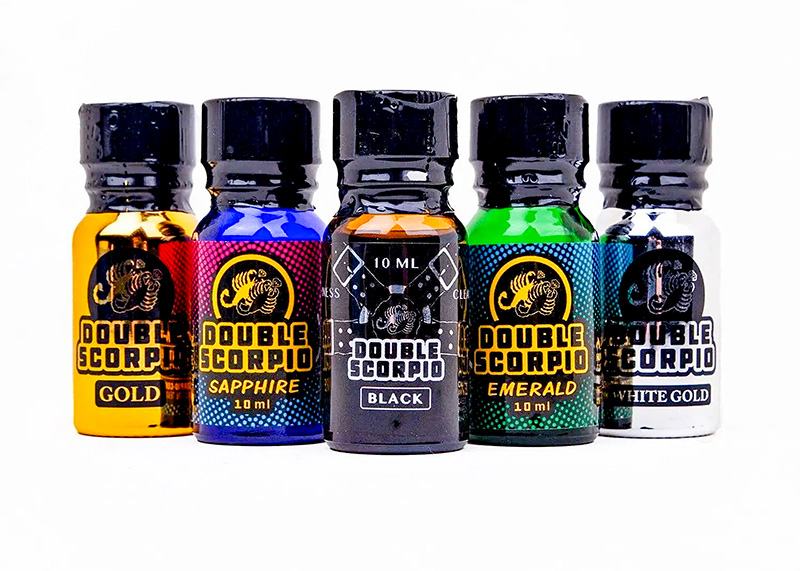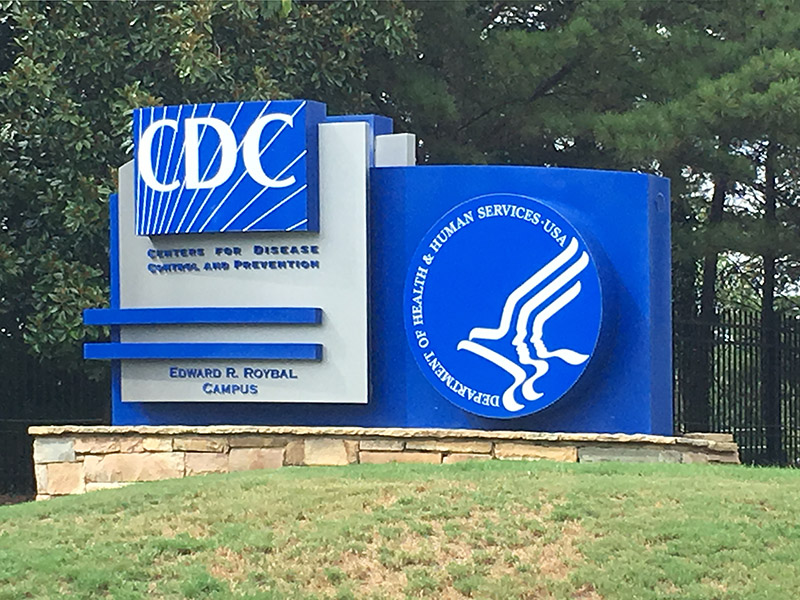Where the STDs Are: The 10 Cities with Highest Infection Rates
Philadelphia, Memphis, New Orleans, and D.C. are among the cities with the highest STD infection rates in an annual data analysis.

Philadelphia and Memphis top the list of metropolitan areas with the highest incidence of STDs in the United States, according to an annual analysis of data from the Centers for Disease Control and Prevention (CDC).
The seventh annual study, by Innerbody Research, the largest online medical and wellness testing guide, drew its data from the CDC’s latest STD Surveillance data, ranking the top 100 metropolitan areas based on the number of cases, per 100,000 population, of HIV, gonorrhea, chlamydia, and syphilis. The latter three diseases are among the most commonly reported new sexually transmitted infections.
According to the analysis, the top 10 cities with the highest STD rates were:
The data — marking the first from the post-COVID-lockdown period — shows that Philadelphia jumped from having the fifth-highest STD infection rate in last year’s study to the highest rate in this year’s study. Over the past year, Philadelphia experienced 618 new HIV infections; 15,442 chlamydia infections; 10,854 cases of gonorrhea; and 170 cases of syphilis.
Memphis and Jackson continued to place in the top three cities based on STD rates, and their number of cases also increased slightly in both metropolitan areas.
Memphis experienced 308 new HIV infections; 9,386 chlamydia infections; 5,453 gonorrhea infections; and 307 syphilis infections.
Jackson experienced 69 new HIV infections; 4,917 chlamydia infections; 1,926 cases of gonorrhea; and 81 cases of syphilis.
Even though Washington, D.C.’s rank went down from ninth to tenth since last year, the District’s overall STD rate increased from 1,081 cases to 1,266 cases per 100,000 population.
The District experienced 764 HIV infections; 14,943 chlamydia cases; 6,900 gonorrhea cases; and 491 syphilis cases.
St. Louis, Baton Rouge, Montgomery, San Francisco, and Detroit all experienced significant increases in STD rates, jumping into the top 10. Meanwhile, cities like Milwaukee, Wisconsin; Little Rock, Arkansas; and Norfolk, Virginia, which landed in the top 10 last year, also experienced an uptick in STD incidence despite falling in the overall rankings.
Columbia, South Carolina, appeared to be the only city from last year’s top 10 list where the STD rate actually dropped, with the number of cases per 100,000 population falling from 1,350 to 1,166.
The metropolitan area with the consistently lowest STD infection rate — ranking 99th last year and 100th this year, is Provo, Utah.
Baltimore, which ranked fourth overall in last year’s study, with 1,327 cases of STDs per 100,000 population, did not provide any recent data. The city has been in the news for its high STD rates in recent years, so it is unclear why Baltimore-area public health officials did not share data on its latest STD infection rates.
As Innerbody Research notes in its write-up of the data, the CDC previously dedicated nearly $8 million in funds — with about $1 million going to Baltimore directly — to combat STI rates in Maryland. But the lack of data from Baltimore raises questions about whether that money has been effectively used to curb the rate of new infections.
“We always find it very disturbing when officials do not or cannot share important public health data, whether it pertains to STDs or any other public health crisis,” Innerbody Research wrote. “It’s in the public interest for this data to be available; as funds are allocated to Maryland in order to stem the rising tide of infections, we hope that these counties will also once again find the resources to share vitally important data with the public.”
Larger-scale trends indicate that the South is the region most affected — and disproportionately so — by an increase in STD infection rates.
Despite containing 39% of the population, southern cities constitute 17, or two-thirds, of the top 25 metropolitan areas with the highest STD rates. Besides Columbia, South Carolina, the only other major metropolitan area in the South experiencing a decrease in STD infections was Raleigh, North Carolina, which fell from 13th to 28th in the rankings for that metric.
New cases of gonorrhea (over 710,000) and chlamydia (over 1.6 million) indicate that infection rates for both diseases have risen. Gonorrhea infections have steadily increased, failing to slow even during the COVID-19 pandemic, while chlamydia rates have returned to pre-pandemic levels.
Syphilis rates rose 28.6% since the last study. But cases of congenital syphilis have risen 30.5% — marking a tenfold increase over the past decade. Since 2001, overall syphilis cases have increased 781%, with cases of congenital syphilis rising by 464%.
The study notes that while all communities are affected by rising STD infection rates, minority racial and ethnic groups are the most impacted due to social, racial, and socioeconomic factors.
For instance, non-Hispanic Black people, who make up only 12% of the U.S. population, accounted for 31% of STD infections.
Other factors influencing disparities in STD infection rates include a lack of health insurance, poverty and housing issues, substance use disorders, and the lack of public health infrastructure — all of which can disproportionately impact minority racial and ethnic groups.
Innerbody Research recommends that metropolitan areas wishing to reduce their rates of STD infections should partner with pharmacies and clinics to increase access to STD testing and treatment, and establish express clinics that offer walk-in testing and treatment without requiring full exams — approaches recommended by the U.S. Department of Health and Human Services’s STI National Strategic Plan.
The plan also encourages using telehealth or telemedicine as a way for people — especially those living in rural areas without easy access to testing or treatment services — to consult with doctors and obtain any prescriptions that may be needed to treat infections
Innerbody Research also notes that those uncomfortable speaking with a medical provider can also diagnose themselves by taking an at-home STD test and consult with their doctor afterward about treatment options if the test reveals an infection.
Additionally, sexually active individuals can educate themselves about their risk for STDs and pursue regular testing to be aware of any infections they may have and seek out treatment before they develop into more serious health problems.
Support Metro Weekly’s Journalism
These are challenging times for news organizations. And yet it’s crucial we stay active and provide vital resources and information to both our local readers and the world. So won’t you please take a moment and consider supporting Metro Weekly with a membership? For as little as $5 a month, you can help ensure Metro Weekly magazine and MetroWeekly.com remain free, viable resources as we provide the best, most diverse, culturally-resonant LGBTQ coverage in both the D.C. region and around the world. Memberships come with exclusive perks and discounts, your own personal digital delivery of each week’s magazine (and an archive), access to our Member's Lounge when it launches this fall, and exclusive members-only items like Metro Weekly Membership Mugs and Tote Bags! Check out all our membership levels here and please join us today!
























You must be logged in to post a comment.